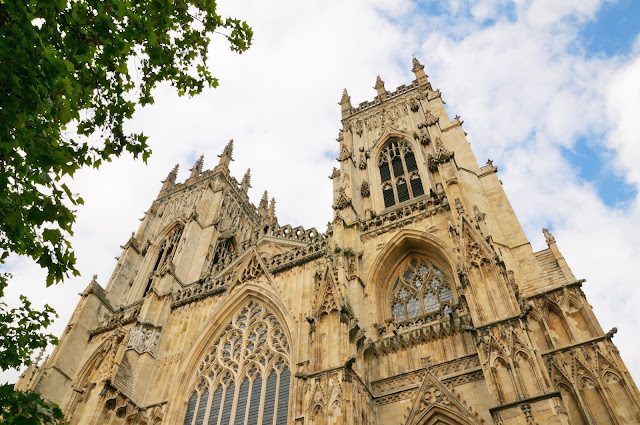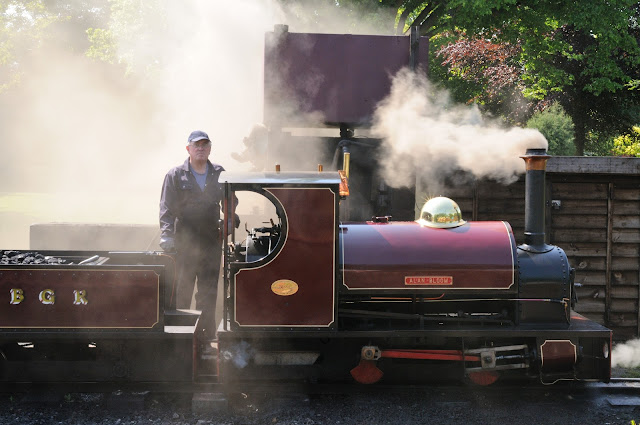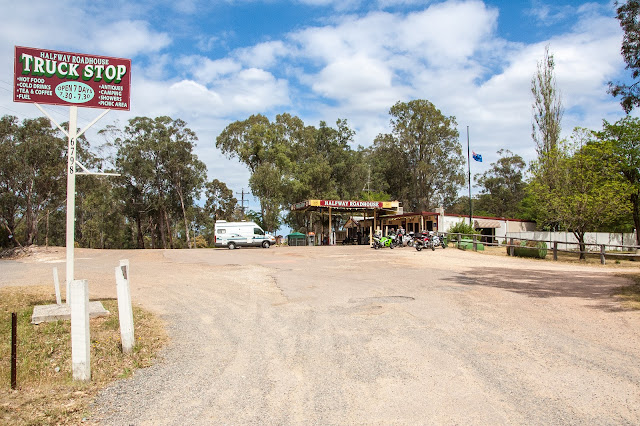The City of York - Day one

York is a historic walled city in North Yorkshire, The city was founded by the Romans as Eboracum in 71 AD. It became the capital of the Roman province of Britannia Inferior, and later of the kingdoms of Northumbria and Jórvík. In the Middle Ages. York grew as a major wool trading centre and became the capital of the northern ecclesiastical province of the Church of England, a role it has retained. In the 19th century, York became a hub of the railway network and a confectionery manufacturing centre. The economy of York is now dominated by services. York's cathedral church is one of the finest medieval buildings in Europe. The Minster is also known as St Peter's, its full name being the 'Cathedral and Metropolitical Church of St Peter in York'. In the past the church sat within its own walled precinct, known as the Liberty of St Peter. The remains of the Basilica, the ceremonial centre of the Roman fortress, have been found beneath the Minster building. T...


